As December approaches, all the cities in Galicia are adorned with the typical Christmas lights. Garlands of lights and large illuminated trees are placed in cities and towns, once again showing us what the Camino de Santiago is like during Christmas. Traditionally, the Christmas lights are turned on at the end of November or the beginning of December, bringing that special magic that Christmas has.
In this article, we want to inform you about the Christmas lights on the Galician Jacobean routes, what they will be like and when they will be lit. In the case of a specific city and a certain Caballero, they are true tourist attractions and can even be seen from outer space.
Galician Christmas Lights on the Camino in 2023
As you probably know, doing the Camino at Christmas allows you to enjoy one of the most important Christmas lights in Spain, which are in Galicia. However, we can admire many more in all the cities and towns through which the various Jacobean routes pass. Let’s learn more about the main Christmas lights on the different Jacobean paths, one of the attractions of doing the Camino de Santiago in winter.
Christmas Lighting in Vigo
Since 2017, the Christmas lighting in Vigo has been making news every year. Its mayor, Abel Caballero, is making a strong commitment by investing heavily, so much so that it has become a top-tier tourist attraction at Christmas.
Since the end of the last century, the streets of the olivic city, where the Portuguese Coastal Way passes, have been illuminated. But what its mayor has achieved in recent years is to offer “the most important Christmas that Vigo has ever had.” And he adds, “we are going to witness one of the tourist phenomena that has never been seen before in Spain.”
What to See and Do in Vigo’s Christmas Lighting
Since last November 24, this important lighting was inaugurated once again at the Puerta del Sol in Vigo. The highlight is the large Christmas tree of lights, 44.5 meters high, which can be accessed from the inside.
Also noteworthy are the 6000 light structures distributed throughout the streets, 3708 light arches, 56 large elements, and 2318 illuminated trees. Classic elements are not missing: the carriage, the forest, the castle, the star, the gift box, the ball, and the snowman. And as a finale, the huge Ferris wheel that offers a dreamlike panorama.
Of course, entertainment is guaranteed with the Christmas activity program in Vigo. You can’t miss it.
Christmas Lighting in Santiago de Compostela
In Santiago de Compostela, the Christmas lighting may not surpass that of Vigo, but it does have its tradition and classic elements. As if we were talking about a route of the Camino de Santiago, kilometers of light mantles adorn the historic center and other points of the city. The large Christmas tree in Plaza del Obradoiro is a staple in the Christmas decoration and lighting of the Jacobean capital.
With the lighting of the Christmas lights last Friday, December 1st, Santiago does not want to be left behind. After the Apostle’s feast and the Ascension, Christmas is the third most important celebration in the city. 128 streets and squares and 23 rural points are illuminated with 300 light arches. There is light in hundreds of places, lampposts, and trees, as well as 8 gardens in different locations with a photo call. The traditional nativity scene and three-dimensional elements that will delight the people of Compostela, tourists, and pilgrims visiting the city are also present.
Of course, a complete program of activities will enliven the Christmas season in Compostela. In addition, in the Cathedral, there will be a guaranteed botafumeiro on December 30, the feast of the Traslatio. Here all the Ways converge, and if you take any route, like the French Way from Sarria, you will be lucky to enjoy this celebration.
Christmas Lighting in A Coruña
The city of A Coruña also offers its own lighting display. It was inaugurated on Friday, December 1st, at the Plaza del Obelisco, where the English Way from A Coruña passes through the city of glass. More than three million points of light, especially illuminate the center and the historic quarter of the city. The main features include the large 12-meter light ball at La Marina and the 20-meter high tree at the Obelisk. Highlights of the activity program include the ice rink and the toy house.
Christmas Lights in Other Galician Capitals
The Christmas lights in other Galician cities along the Camino are also very much worth seeing.
- Ferrol, where the English Way also begins, displays spectacular lights that enhance its historic architecture. On December 5th at 19:00, you can enjoy the lights of the large Christmas tree and the giant bear.
- Lugo, through which the Primitive Way passes, inaugurated its lighting on December 1st, highlighting the large tree and 3D figures.
- Ourense, through which the Sanabrés Way passes, will debut its lighting on December 5th at 20:00. Highlights include the large Christmas tree and the Christmas market.
- Pontevedra also inaugurates its lighting on December 5th at 18:00, where the large Christmas tree will not be missing. If you choose the Portuguese Way from Tui, you can enjoy this beautiful Christmas lighting.
The Tradition of Christmas Lights
In Roman times, streets were already lit for the Saturnalia, a festival in honor of Saturn, the god of agriculture. It was celebrated between December 17th and 24th, while December 25th was the day of the Unconquered Sun and the winter solstice. The night was dangerous in Rome, and to celebrate safely, the urban space was illuminated. Something similar happened in ancient Nordic culture with the Yule festival, which also celebrated the change of season.
“The night turned into day as people lit the streets in the best possible way with torches, lanterns…,” explains historian Néstor F. Marqués in relation to the Saturnalia festivities in Rome.
Origin of Christmas
In the year 313, Emperor Constantine “legalized” Christianity in Roman society. In 325, the First Council of Nicaea established December 25th as the date of Jesus’ birth. Later, Pope Julius I confirmed this decision. Finally, Christmas was declared by Pope Liberius in the year 354. The term Christmas comes from the Latin “nativitas,” meaning birth, and the popes intended to Christianize the Roman pagans by replacing their festivals with others. What better way than to celebrate the birth of the Son of God!
How the First Christmas Lights Originated
In the 18th century, in the homes of the German upper class, it became customary to decorate Christmas trees with candles or lanterns. This custom would gradually spread throughout Europe.
At the end of the 19th century, with the development of electricity and electric light, the first Christmas tree decorated with electric light appeared. In 1882, Edward Hibberd Johnson, a partner of Thomas Edison himself, invented special bulbs for Christmas trees. Initially, these bulbs were somewhat expensive and only accessible to the wealthy.
Because of this creation, he is considered the father and inventor of Christmas lights, did you know that?
It wasn’t until the 1930s that they became more affordable to more social classes and their use began to become widespread. Finally, from the second half of the 20th century, Christmas lights became popular. So much so that in addition to homes, they began to adorn houses, shops, buildings, and streets. Think of American movies: North American culture has been a big fan of Christmas lights since the 1960s. This custom would gradually reach Europe, and even Japan, by the end of the last century.
Illuminating Your Way at Christmas
If there is something that we stand out for at Viajes Camino de Santiago, it is helping each pilgrim to create experiences they will never forget. And it’s never too late to let yourself be illuminated by the Camino Xacobeo, whether in a group or on your own. Do you need more information about what we can offer you? We invite you to discover why we are the agency specialized in the Camino de Santiago best rated by users.

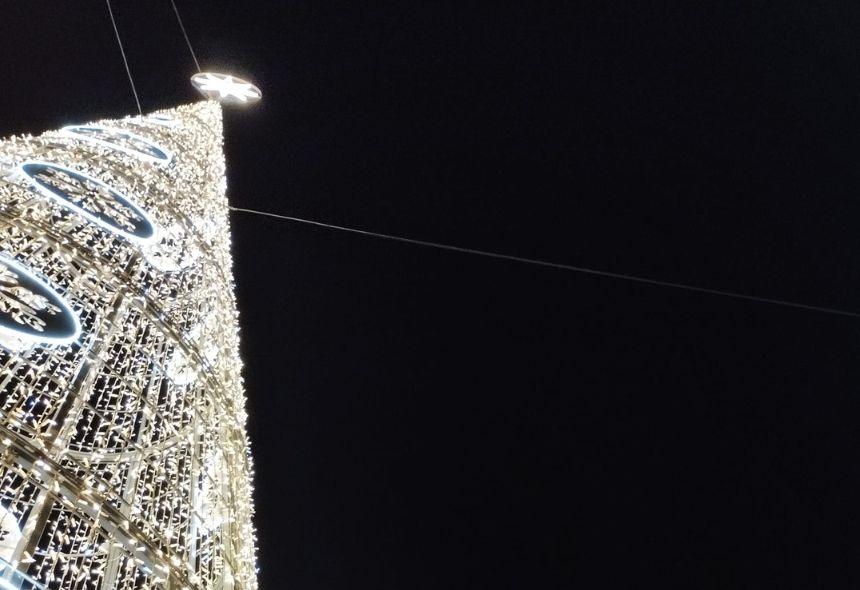
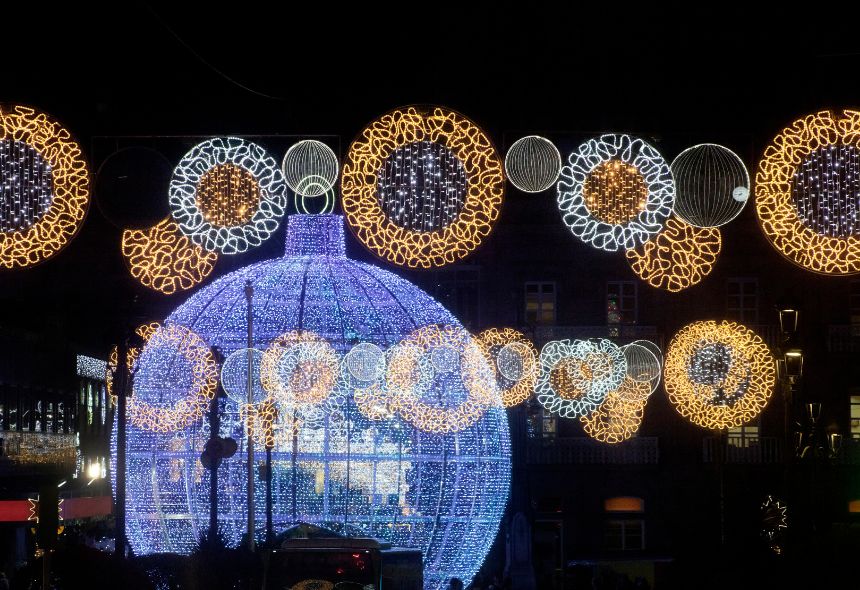
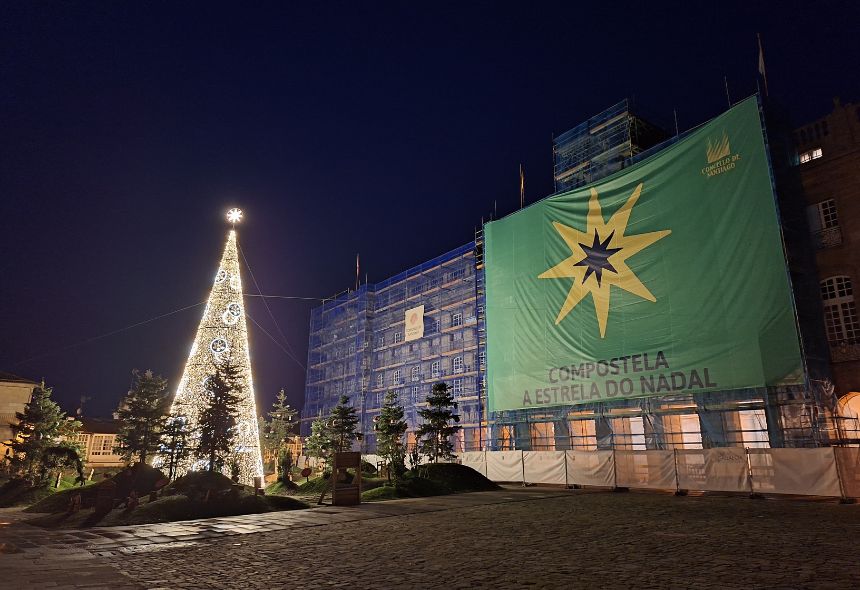
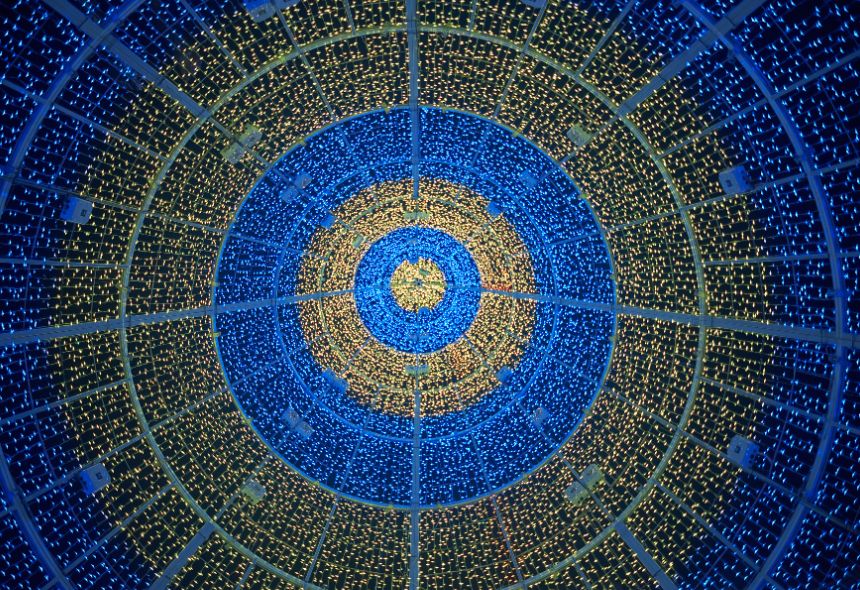
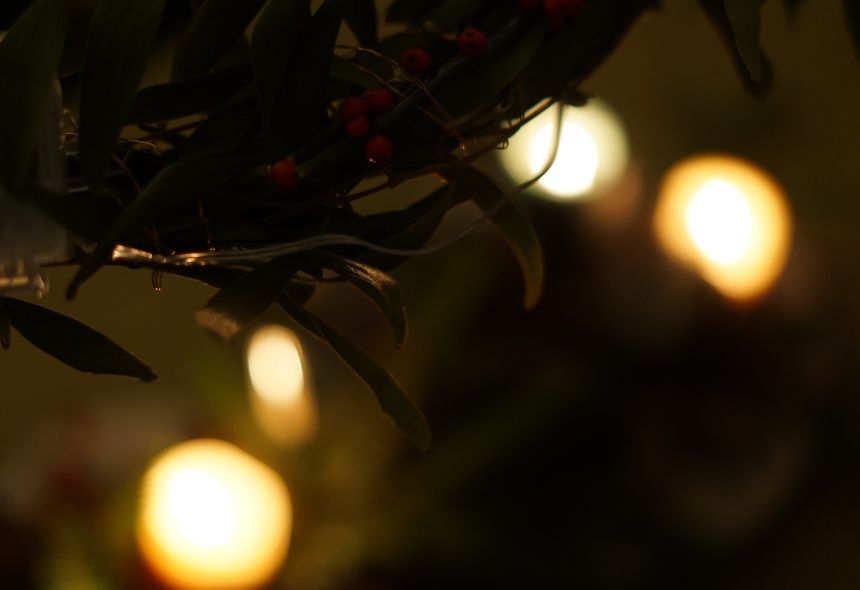


Leave A Comment